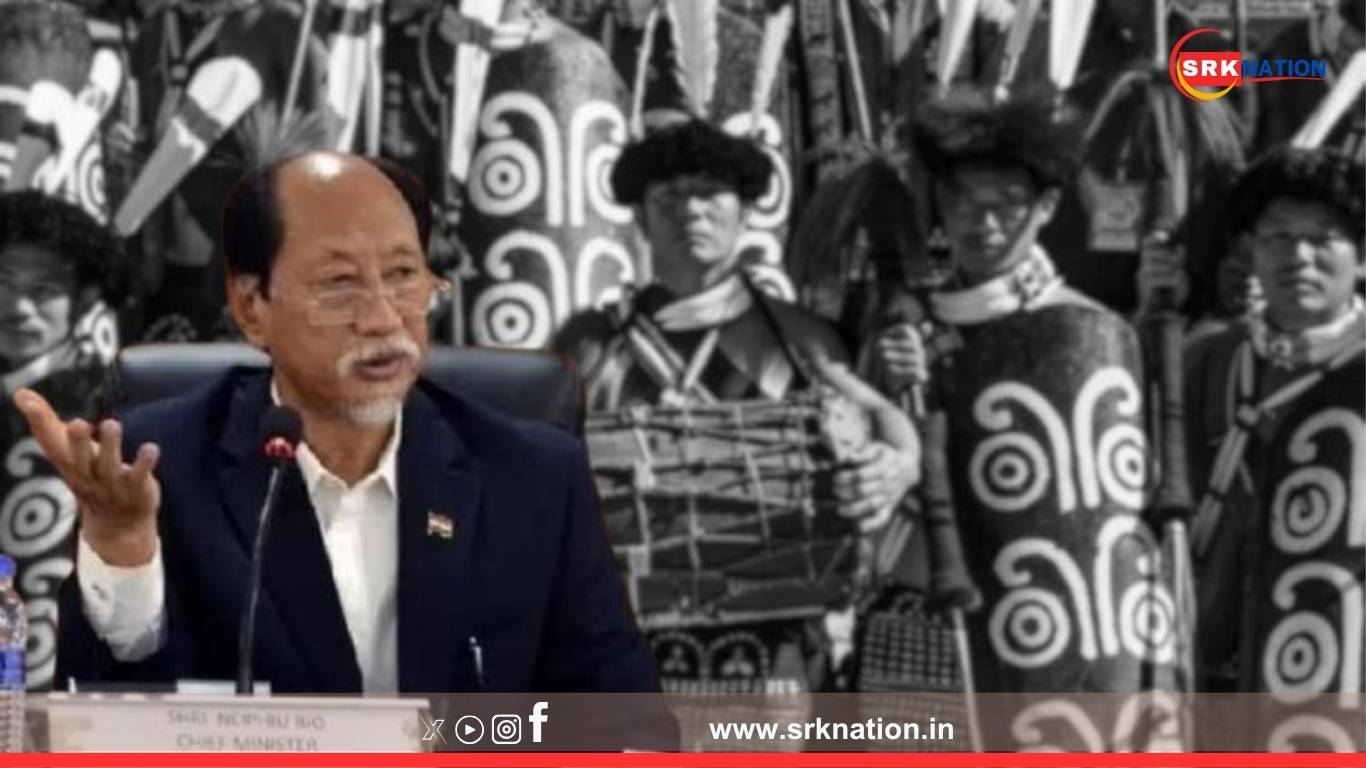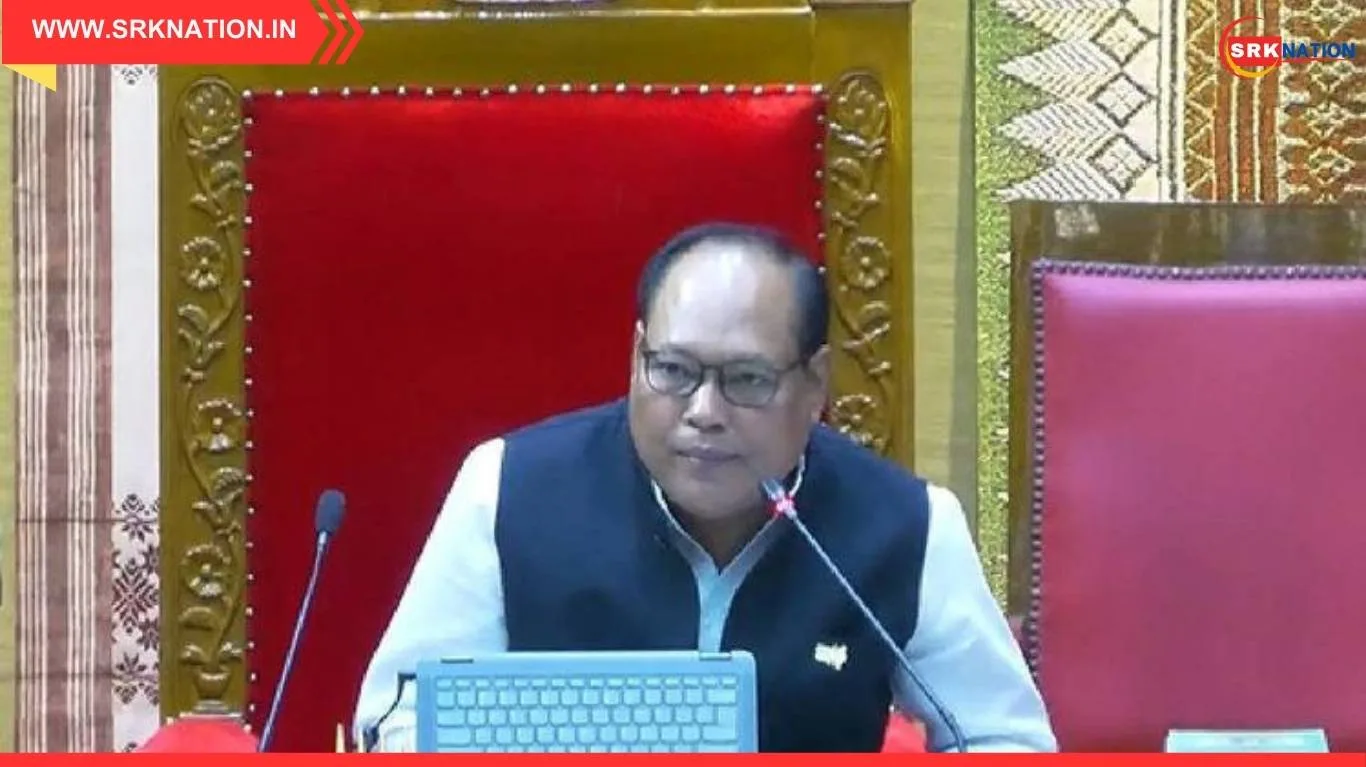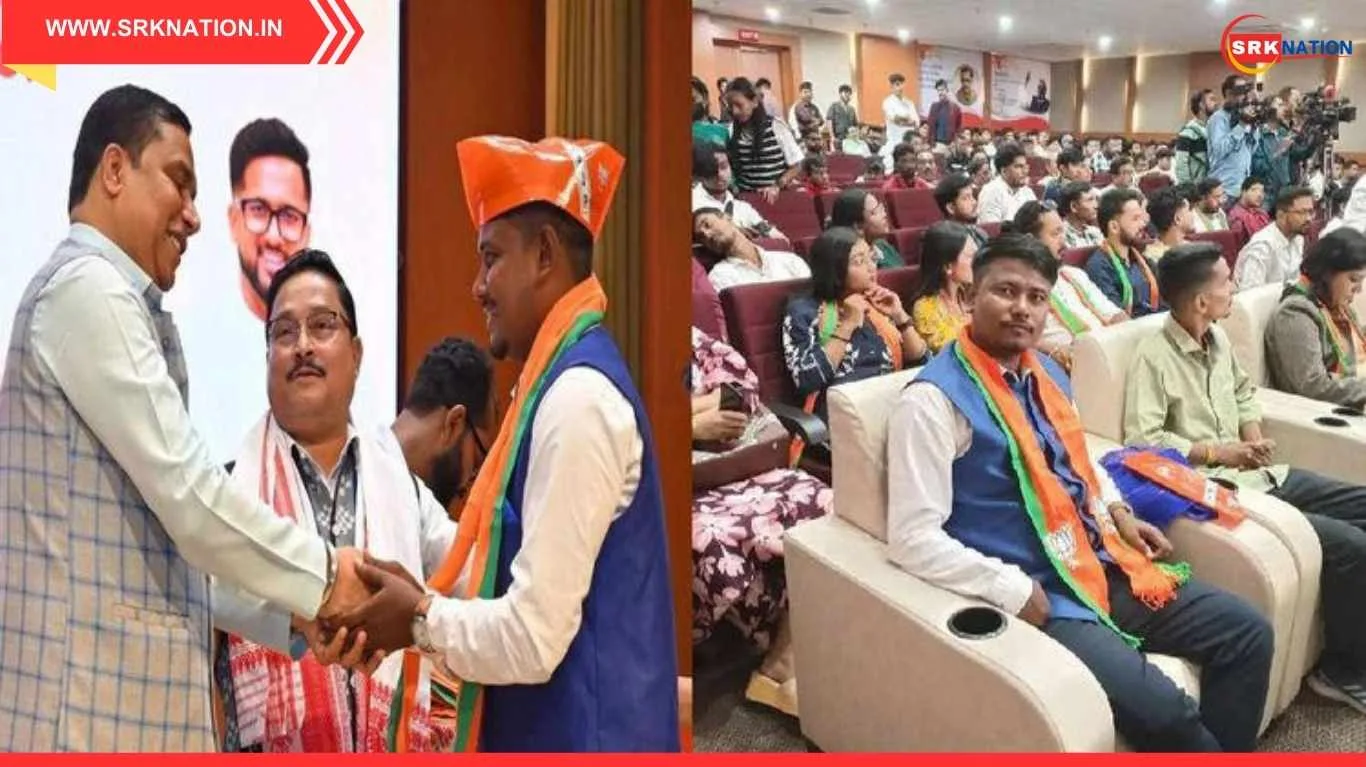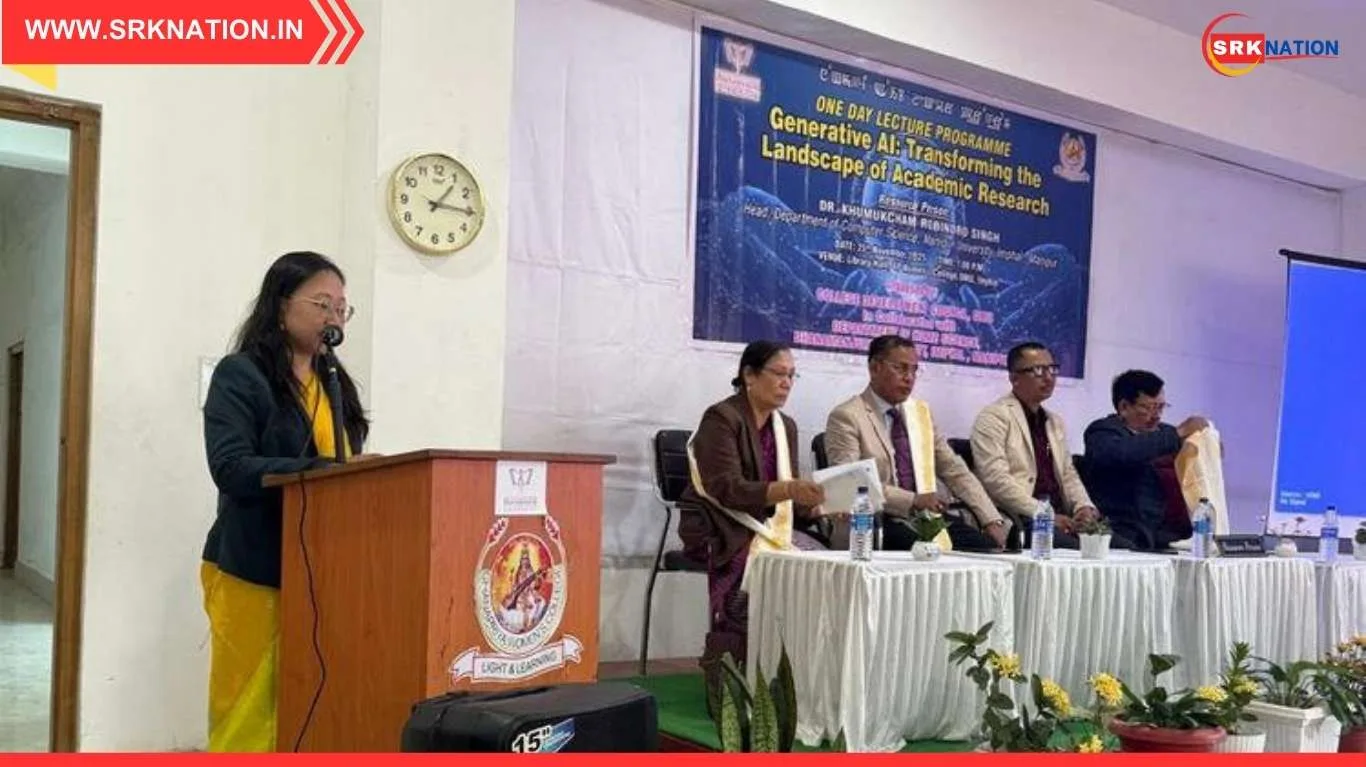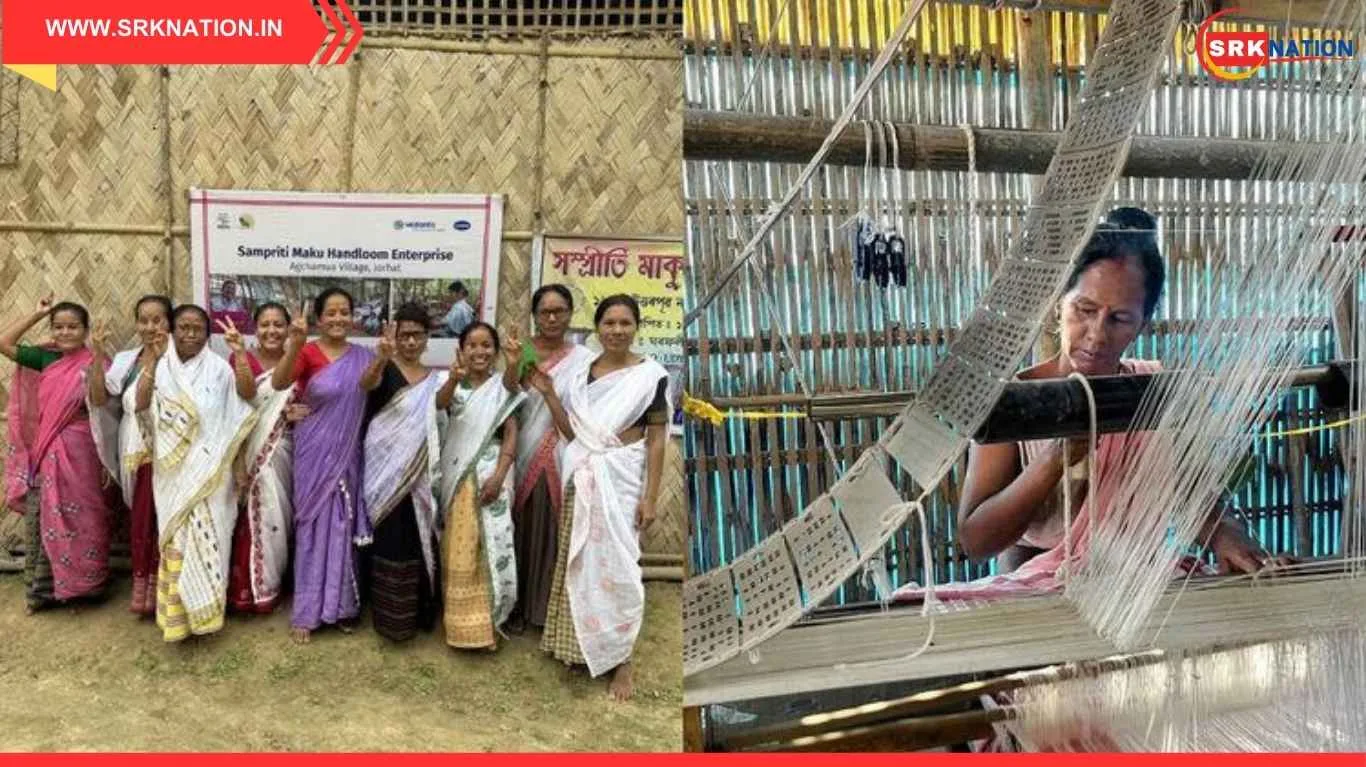The Nagaland government has initiated a comprehensive review of its existing reservation policy in response to rising demands and protests by multiple tribal groups seeking equitable representation in government jobs and educational institutions. Chief Minister Neiphiu Rio convened a high-level meeting with cabinet ministers, senior bureaucrats, and tribal leaders on Wednesday to deliberate on possible policy amendments that uphold constitutional safeguards while addressing inter-tribal equity concerns.
The review comes at a time when various Naga tribal bodies, including the Eastern Nagaland Peoples’ Organisation (ENPO), Ao Senden, Sumi Hoho, and Lotha Hoho, have expressed discontent over what they term as “imbalanced reservation distribution” that allegedly favours certain dominant tribes in the state’s recruitment and academic admission processes.
Key Concerns Raised by Tribal Groups
During recent consultations, tribal organisations highlighted issues such as:
- Perceived disparities in job reservation quotas for backward tribes
- Limited seat allocation for students from educationally backward districts in medical, engineering, and professional courses
- Underrepresentation of certain tribes in civil services and senior administrative posts despite constitutional guarantees
- Lack of periodic review mechanisms in line with demographic changes and development indices
The ENPO, representing six tribes of eastern Nagaland, reiterated its demand for proportionate reservation aligned with their region’s socio-economic backwardness. Leaders argued that despite constitutional recognition as “economically and educationally backward tribes,” their youth continue to remain marginalised in state services and professional education due to skewed reservation policies.
Current Reservation Structure in Nagaland
As per official records, Nagaland follows a structured reservation system under Article 371(A) to protect indigenous interests. The broad framework is:
| Category | Reservation Percentage | Eligible Groups |
|---|---|---|
| Scheduled Tribes (ST) | 80% | All recognised Naga tribes and other STs in Nagaland |
| Backward Tribes | Within ST quota, specific sub-reservation varies by department | Sangtam, Yimkhiung, Phom, Konyak, Chang, Khiamniungan, and others |
| Others (General) | 20% | Non-ST including non-tribal residents |
However, tribal groups argue that the backward tribe sub-quota under the ST category is ambiguously defined across departments, leading to inconsistent implementation.
State Government’s Response and Review Mechanism
Addressing the concerns, Chief Minister Neiphiu Rio assured that the government will constitute a Reservation Review Committee (RRC) headed by a retired High Court judge with:
- Representatives from major tribal bodies
- Senior officials from the Department of Personnel and Administrative Reforms
- Experts on constitutional law and tribal rights
The committee will analyse:
- Existing reservation allocation data for the past 10 years
- Demographic and development indicators of all Naga tribes
- Representation patterns in government jobs, civil services, and higher education admissions
- Models adopted by other Northeastern states under Schedule VI and Article 371 provisions
Timeline for Review
Officials stated that the RRC will submit its recommendations within six months, after which the cabinet will finalise amendments. The Chief Minister emphasised that any policy change will be implemented in accordance with the Constitution and will protect the unique social fabric of Nagaland.
Tribal Groups’ Key Demands
| Tribal Group | Primary Demand |
|---|---|
| ENPO | Proportionate reservation sub-quota for eastern tribes in state civil services, teaching, and professional courses |
| Ao Senden | Periodic data-based review of reservation benefits with backward tribe development ranking |
| Sumi Hoho | Transparent implementation guidelines across departments to ensure fair selection processes |
| Lotha Hoho | Inclusion of population and economic indices while defining backwardness for sub-quota allocation |
Leaders have threatened to intensify democratic protests if their demands remain unaddressed, with ENPO hinting at a mass agitation program post-August if the review committee is not formed expeditiously.
Challenges Ahead for the Government
Experts point out that while reservation policies are constitutionally mandated for socio-economic upliftment, Nagaland’s diverse tribal demographics make uniform policy framing complex. Key challenges include:
- Balancing reservation among backward and relatively advanced tribes without triggering inter-tribal discord
- Ensuring meritocracy and administrative efficiency alongside affirmative action
- Updating socio-economic data periodically to inform reservation structures
- Avoiding legal challenges that may arise if constitutional guidelines are breached
Comparative Overview: Reservation Structures in Select Northeastern States
| State | ST Reservation (%) | Backward Tribe Sub-quota | Review Mechanism |
|---|---|---|---|
| Nagaland | 80 | Varies by department, no uniform sub-quota | No statutory periodic review |
| Mizoram | 90 | No sub-quota as all indigenous tribes classified as ST | Reviewed every 5 years |
| Meghalaya | 85 | Khasi, Garo, Jaintia sub-categories with fixed distribution | Reservation policy reviewed every 7 years |
| Arunachal Pradesh | 80 | No sub-quota; equal treatment of all STs | Data reviewed every 10 years |
Recent Statements by Government and Tribal Leaders
Speaking to reporters after the meeting, CM Neiphiu Rio said:
“Our government values the constitutional rights of all tribal communities. The review will ensure inclusivity, fairness, and harmony while empowering the most disadvantaged.”
ENPO President Tsapikiu Sangtam welcomed the formation of the committee but cautioned:
“We will wait for results. Decades of neglect cannot continue. The youth of eastern Nagaland deserve equal opportunity.”
Socio-Economic Indicators Fueling the Debate
A recent government report showed stark differences in Human Development Index (HDI) and literacy rates among Naga tribes:
| Tribe/Region | Literacy Rate (%) | Per Capita Income (₹) | HDI Rank in Nagaland |
|---|---|---|---|
| Angami | 92.5 | 1,82,000 | 1 |
| Ao | 91.8 | 1,75,000 | 2 |
| Sumi | 89.7 | 1,63,500 | 3 |
| Konyak (Eastern) | 63.2 | 79,000 | 11 |
| Phom (Eastern) | 60.8 | 74,500 | 12 |
| Khiamniungan (Eastern) | 58.4 | 72,800 | 13 |
This data has intensified demands from eastern tribes for reservation recalibration based on development backwardness.
Way Forward
The government plans to conduct wide stakeholder consultations with tribal hohos, student bodies, women’s groups, and church leaders before finalising the reservation reform framework. Experts suggest:
- Establishing a permanent reservation monitoring commission for annual review
- Standardising backward tribe sub-quota percentages across departments
- Integrating skill development, scholarships, and special coaching under the reservation benefits to ensure employability and retention
- Conducting awareness programmes to dispel misinformation and reduce inter-tribal mistrust
Conclusion
Nagaland’s reservation policy review is a critical test for the Rio government to uphold constitutional justice while maintaining inter-tribal harmony. As tribal bodies intensify demands for equitable distribution, policy decisions in the coming months will shape the future of affirmative action and inclusive development in the state’s governance and education ecosystem.
Disclaimer: This report is based on official statements and stakeholder inputs. It does not express personal views or policy recommendations.







